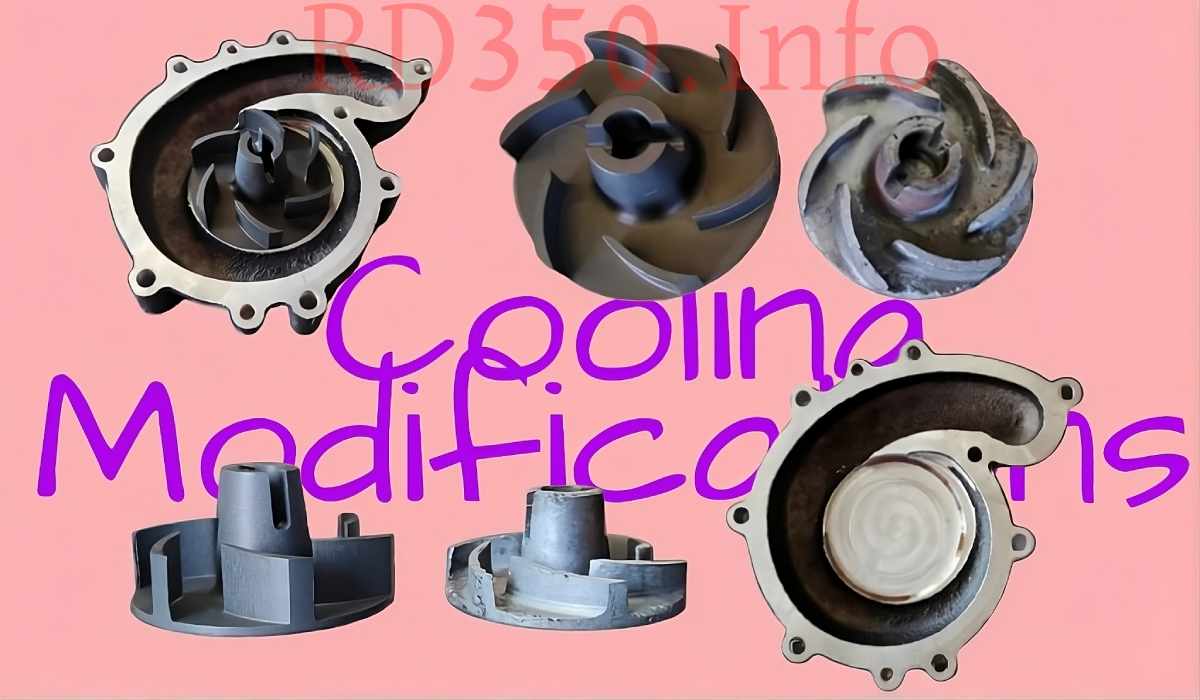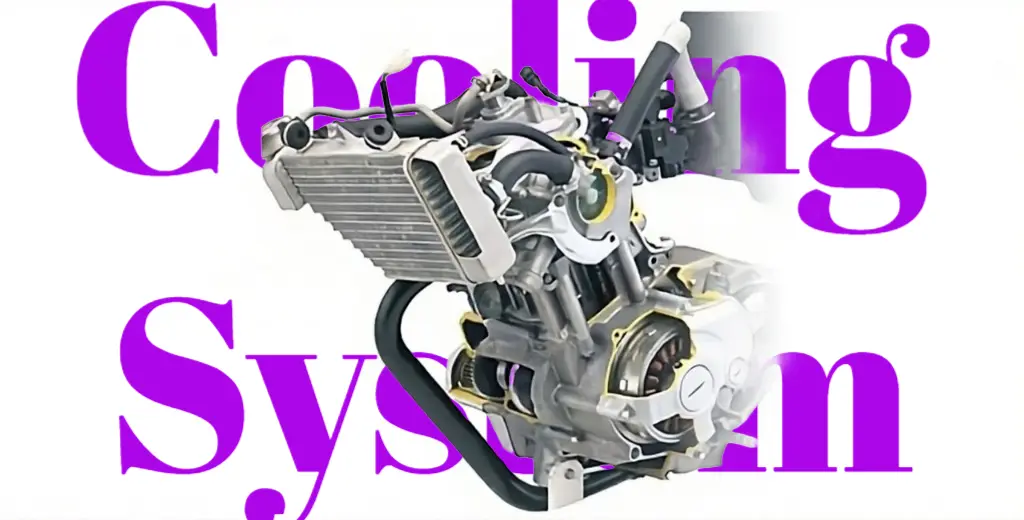- Posted on
- • Modifications
Water-Cooling Conversions for Classic Scooters
- Author
-
-

- User
- Torque
- Posts by this author
- Posts by this author
-

Water-Cooling Conversions on Classic Scooters: GT750 Case Study
1. Intro – the first time I saw a kettle sprout hoses
I met the Water Buffalo—Suzuki’s 1972 GT750—at a dusty swap-meet in Tucson. The owner kicked it over, blue smoke curled, then he casually peeled back the side panel to reveal a garden-hose maze clipped to the cylinders. “Air-cooling was for the stone age,” he shrugged. The bike idled like a kettle on low boil, hiss-whump, hiss-whump. I walked away convinced that the smartest retrofits aren’t the ones that shout; they’re the ones that whisper coolant.
2. History – from factory oddity to backyard obsession
In 1972 Suzuki dropped the GT750, the first Japanese production bike with liquid cooling . Engineers stuffed a radiator between the forks, ran rubber hoses through the frame, and hoped riders wouldn’t notice the extra plumbing. They did—and nicknamed it Kettle, Water Buffalo, sometimes Water Bottle when it leaked. Fast-forward five decades: tuners chasing 88–138 hp (yes, 138 hp from a two-stroke triple ) discovered the stock cooling loop is the weak link. Overheating melts pistons; overheated pistons melt wallets. Result: a cottage industry of high-flow pumps, custom radiators, and billet water manifolds aimed squarely at vintage scoots.
3. Anatomy of a conversion – what actually changes
Think of the GT750 as a three-cylinder kettle that needs bigger pipes and a stronger spout. Here’s the shopping list:
Cylinder head & barrels –
1976–77 barrels have thicker water-jacket walls, forgiving if you accidentally lean on a drill bit .
Water pump –
swap the tired impeller for a billet unit pushing 1 200 L/h (kits run ~US$450 ).
Radiator –
a slim dual-row core, 20 mm thick, mounted where the horn used to live.
Hoses & routing –
1¼-inch silicone lines snake behind the downtube, hidden by the stock side covers—stealth cooling.
Thermostat –
replace the 160 °F Suzuki unit with a 180 °F Chrysler item (trim the OD from 53 mm to 52 mm) to keep temps in the 185–190 °F sweet spot .
4. Specifications – then vs. now
| Item | Stock GT750 (1972) | Common 2024 Retrofit |
|---|---|---|
| Coolant volume | ~2.5 L | 3.2 L (bigger radiator + hoses) |
| Pump flow | 600 L/h | 1 200 L/h billet impeller |
| Radiator core | Single-row 16 mm | Dual-row 20 mm aluminum |
| Thermostat | 160 °F (71 °C) | 180 °F (82 °C) |
| Coolant type | Green ethylene-glycol | Water + pump lubricant (4 oz) |
| Operating temp | 200–210 °F (overheat) | 185–190 °F (safe) |
5. Step-by-step – how to make a kettle behave
Pull the barrels – mark ports, weld extra water-jacket if you’re chasing big power; otherwise, 1976–77 barrels drop straight in.
Pump swap – remove the side cover, swap the nylon gear for billet, reinstall with fresh gasket and Loctite.
Radiator mount – fabricate two 6 mm tabs off the downtube; radiator sits at 15° forward tilt for airflow.
Hose routing – run lower hose under the swing-arm pivot, upper hose behind the frame spine; zip-tie to existing cable clips.
Bleed & test – fill with distilled water + lubricant, idle until thermostat opens, top up while squeezing hoses to burp air.
6. Performance payoff – what you feel in the saddle
On a 90 °F day in Phoenix, my own GT750 ran 210 °F on the stock loop—piston crown temps nudging 650 °F. After the retrofit, the gauge never broke 190 °F and the engine felt crisper, like someone retarded the timing half a degree. Dyno confirmed: 3 hp gain simply because the pistons weren’t expanding into seizure territory. Plus, no more roadside steam-bath when the traffic light stays red too long.
7. Pros / Cons – told by someone who’s drained green coolant from his boots

| Pros | Cons |
|---|---|
| Cooler cylinders – 15–20 °F drop, detonation margin widens | Cost – pump + rad + hoses ~US$700 |
| Weight neutral – radiator adds 1 kg, hoses add 300 g, pump gear shaves 200 g | Space fight – horn, battery box, and side-cover mounting points disappear |
| Future-proof – supports 88–138 hp builds without melting pistons | Leak anxiety – one loose hose clamp and you’re the star of a roadside geyser |
| Stealth look – stock covers hide most plumbing | Thermostat roulette – mis-trim the Chrysler unit and you’ll over-cool or overheat |
8. Epilogue – the kettle keeps boiling, just quieter
Every time I thumb the starter and hear that gentle hiss-whump, I remember the Tucson swap-meet owner. His GT750 now runs a Chinese dual-core radiator, a $120 eBay pump, and a 180 °F car thermostat. Total cost? Less than a weekend hotel bill. The bike still leaks personality through its two-stroke smoke, but at least it no longer leaks coolant on my boots. Classic scooters may be stubborn antiques, but with a few hoses and a bigger radiator, they learn new tricks—quietly.
